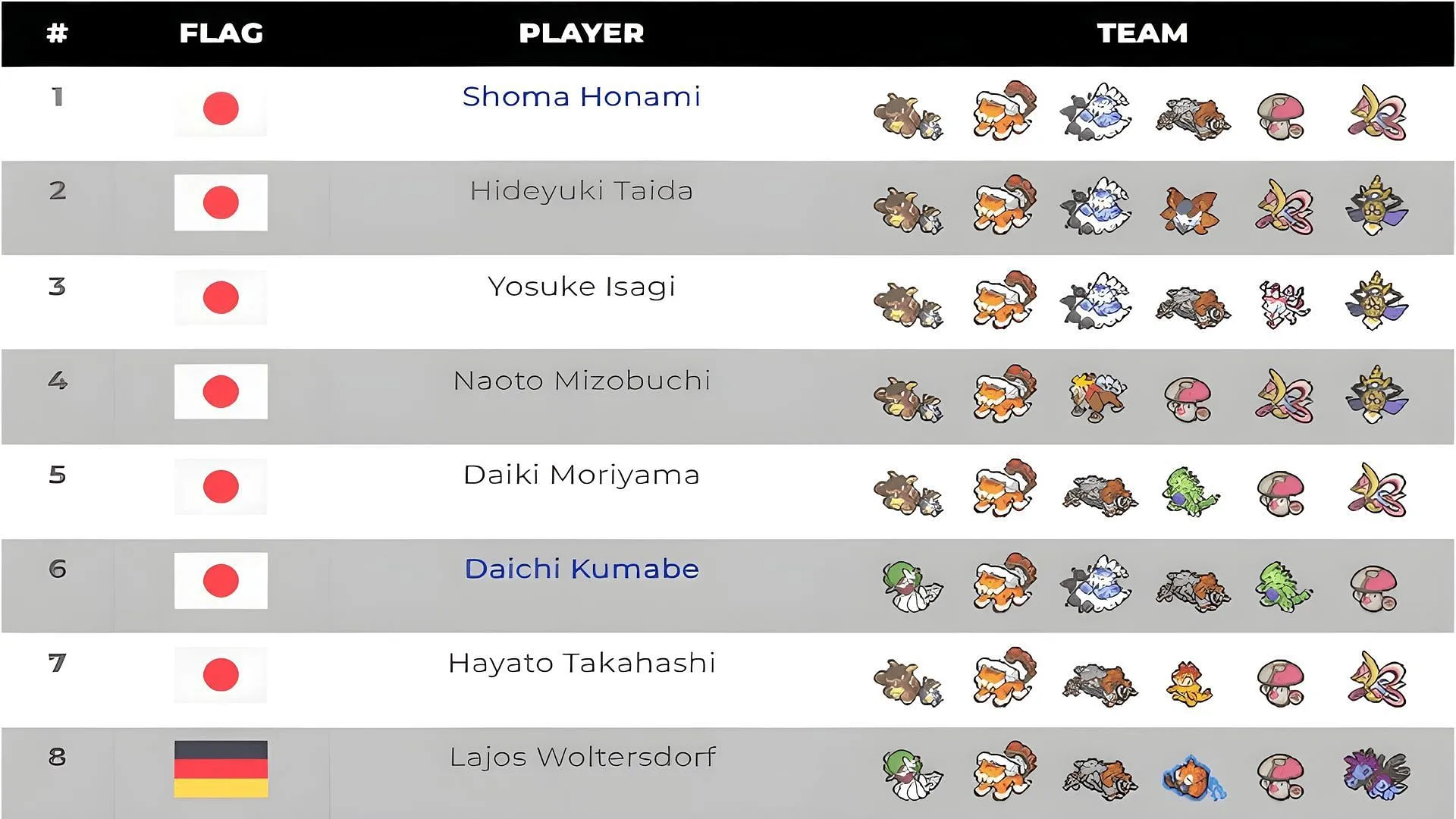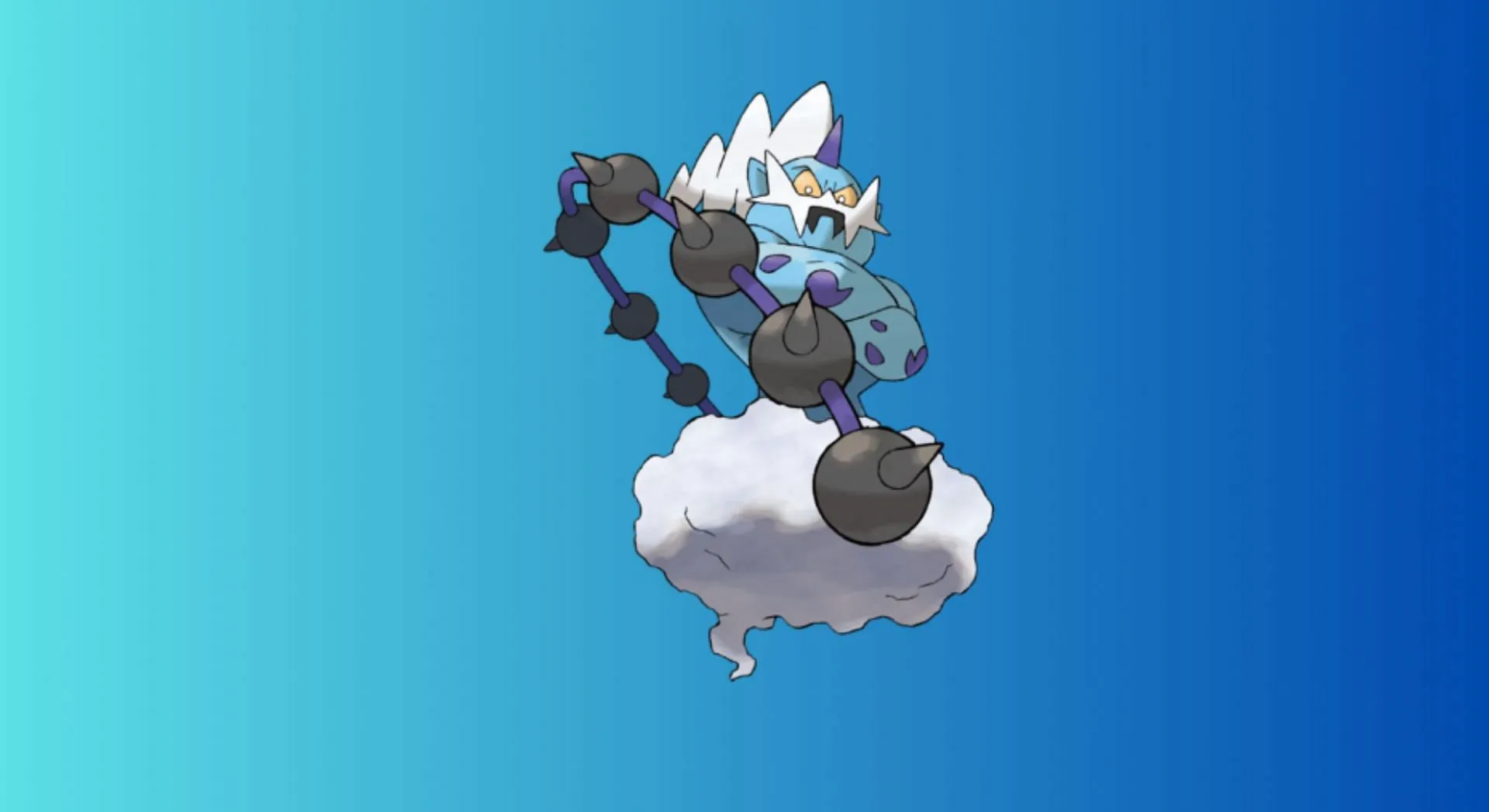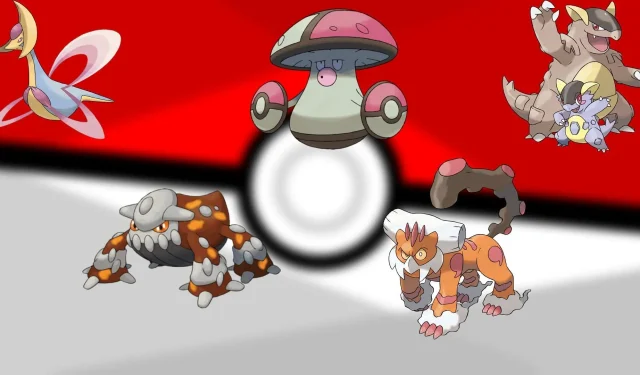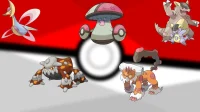The CHALK team combination has become legendary in the world of Pokémon VGC, representing one of the most successful strategies in competitive gaming history. This iconic lineup gets its name from the initials of the key Pokémon involved: Cresselia (C), Heatran (H), Amoonguss (A), Landorus-Therian (L), and Mega Kangaskhan (K).
In 2015, the CHALK composition made headlines when Shoma Hinami showcased its power by clinching the championship title at the VGC World Championships, making it a hallmark of competitive play.
The Key Pokémon Behind the CHALK Combination

Although not every team utilized the exact same core, the Pokémon involved were often selected due to their ability to fulfill critical roles, making them synonymous with the CHALK team concept.
Mega Kangaskhan
Mega Kangaskhan emerged as one of the standout choices in 2015, serving as a formidable damage dealer thanks to its unique ability, Parental Bond. This ability allowed it to deal damage twice during an attack, with the second hit delivering 50% of the initial damage. Coupled with priority moves like Fake Out and attack enhancers such as Power Up Punch, this Pokémon could wreak havoc on opponents, proving to be a significant force on the battlefield.
Landorus-Therian
Introduced in Generation V, Landorus-Therian quickly gained a reputation as a competitive powerhouse. Its Ground/Flying dual-typing provides ample immunities, while its Intimidate ability diminishes the physical threat posed by opponents. With its impressive 145 base Attack and a speed stat of 91—especially effective with a Choice Scarf—this Pokémon served as a key offensive support in the CHALK framework, enabling strategic switches and devastating attacks with Earthquake or Rock Slide.
Amoonguss
The Grass/Poison type Amoonguss, originating from Generation V, has established itself as a leading support Pokémon in the VGC meta. Its primary functions in the CHALK team included putting opponents to sleep and redirecting attacks away from its partners, solidifying its role as a vital teammate.
Heatran
This legendary Pokémon from Generation IV has been favored in VGC, largely due to its extensive list of immunities. With its Fire/Steel typing allowing it nine resistances and one immunity, Heatran’s role is to tank hits from common threats such as Mega Gardevoir and Mega Charizard Y. Furthermore, its ability Flash Fire grants it immunity against Fire-type moves, making it a strategic defensive choice that can retaliate effectively with moves like Heat Wave and Earth Power.
Cresselia
Complementing the team, Cresselia stands out as a premier support Pokémon. This Generation IV legend focuses on speed control with moves like Trick Room, Thunder Wave, and Icy Wind. Its significant bulk enables it to absorb hits while setting up strategies, and its Safety Goggles allow it to bypass enemy redirection tactics, reinforcing its indispensable role in the CHALK structure.
Additional Pokémon That Boosted CHALK Teams

Thundurus, another member of the Forces of Nature, frequently supported the CHALK teams with pivotal moves such as Thunder Wave and Taunt. Other Pokémon like Aegislash, with its broad range of immunities, often found a spot in CHALK lineups, providing counters to threats like Mega Kangaskhan. Sylveon was also favored for its powerful STAB Hyper Voice, enhanced by its ability Pixilate, giving CHALK teams even more versatility.
The Strengths of the CHALK Team Composition
The strength of the CHALK team stemmed from its members’ exceptional bulk and synergy, allowing them to withstand damage while executing their roles effectively. Their ability to manipulate the luck-based mechanics of competitive matches played to their advantage: for example, Mega Kangaskhan would more frequently land critical hits due to its double damage output, while Landorus-T increased the possibility of flinching opponents with Rock Slide thanks to its priority.
Despite the familiarity of the CHALK team composition, opponents often struggled to predict individual Pokémon’s strategies, as each could be configured with different EV spreads, movesets, or held items, creating an element of unpredictability that kept opponents guessing.
Countering the CHALK Team Composition
Ghost-type Pokémon, including Aegislash and Mega Gengar, gained traction as effective counters against the CHALK team composition following its success at Worlds. These Pokémon could significantly curb Mega Kangaskhan’s offensive potential, with Mega Gengar being particularly formidable by trapping opponents like Amoonguss and Kangaskhan.
Rain teams featuring Pokémon such as Politoed and Ludicolo also posed challenges for CHALK strategies. In rainy weather, Heatran’s effectiveness diminished, and Ludicolo could outspeed and utilize Fake Out effectively against Mega Kangaskhan, disrupting its attacks.


